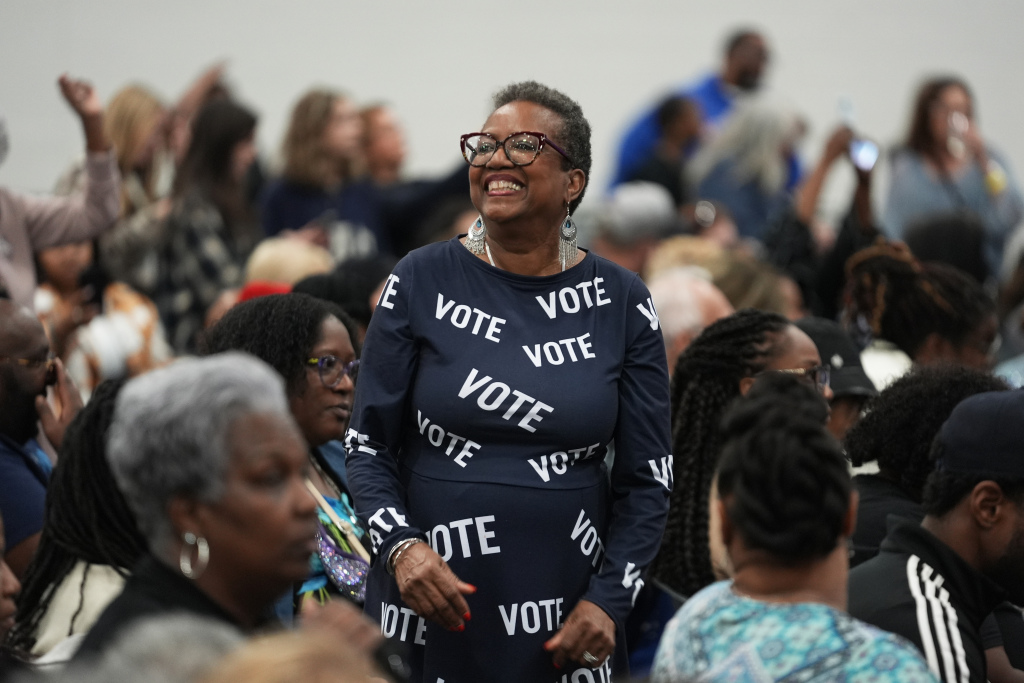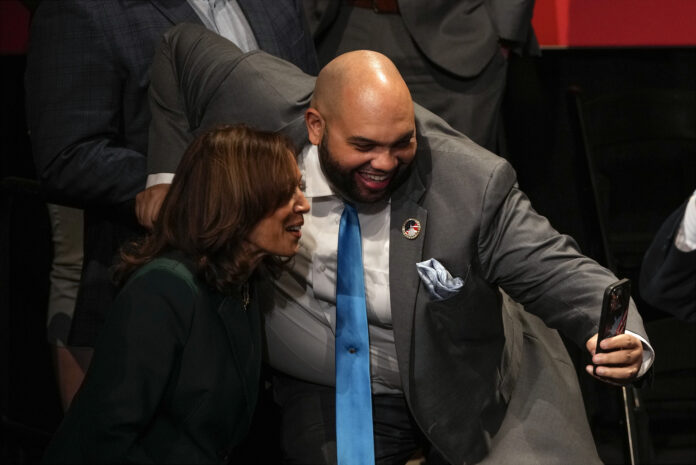A candidate’s most important resource is their time. The places they visit, the people they meet, and the speeches they deliver reveal more about their understanding of the race than any commentary from campaign consultants, writes the New York Post.
Harris’ Campaign Strategy Shows Frayed Nerves
Last week’s events and this week’s plans suggest that Kamala Harris is running scared. With only weeks left, a confident Democratic candidate would be courting swing voters, assuming her base is secure. Instead, Harris is spending significant time engaging a demographic that has historically been solidly Democratic: Black voters.

Courting the Black Vote
Harris’ focus last week was on rallying Black voters, a key Democratic constituency. While African Americans traditionally back Democrats by large margins, current polling shows Harris’ lead with this group has narrowed to just 64 points. This led her to campaign in heavily Black areas such as Erie, Pennsylvania, Detroit, and Philadelphia.
A Full-Court Press on Black Voters
Her outreach continued with stops in Milwaukee, the Atlanta metro area, and more visits to Detroit and Philadelphia. She even made a speech in a Black church in Georgia and conducted interviews with prominent Black leaders like Rev. Al Sharpton and Charlamagne tha God. Harris’ upcoming schedule includes rallies with Barack Obama in Georgia and Michelle Obama in Michigan, indicating her determination to shore up support among Black voters, particularly Black men.
Contrasting Approaches: Trump’s Focus on Swing Voters
While Harris zeroes in on securing her base, Donald Trump is actively engaging swing voters. His campaign events have been focused on suburban areas like Montgomery County, Pennsylvania, and Atlanta, where he held town halls aimed at appealing to suburban women. Trump’s ability to mix traditional political outreach with media-friendly stunts, like handing out French fries at a McDonald’s in suburban Philadelphia, has allowed him to capture broader attention.
Trump’s Outreach to Black Men
Trump has also targeted Black voters, specifically Black men, hosting rallies in Detroit with local heroes such as boxing legend Thomas “the Hitman” Hearns. This strategy was mirrored in Pittsburgh, where he brought former Pittsburgh Steelers stars to the stage to endorse him. Trump’s efforts to peel away portions of the Black vote, especially among men, highlight a direct challenge to Harris.
Vice-Presidential Campaigns Mirror Their Leaders
The travel itineraries of the vice-presidential candidates also reflect the priorities of their respective campaigns. Tim Walz, Harris’ running mate, spent last week campaigning in predominantly Black areas in Michigan and Nebraska. Meanwhile, Republican J.D. Vance focused his efforts on rural and suburban towns in swing states like Pennsylvania, Wisconsin, and North Carolina. This week, Walz continues his focus on Black voters, while Vance heads to Nevada, Arizona, and suburban Detroit.
The Final Stretch
With only two weeks left until Election Day, the candidates’ travel schedules provide a glimpse into their strategies. Harris’ continued focus on her base could signal trouble for the Democrats, while Trump’s outreach to swing voters suggests a campaign operating from a position of confidence. If Harris is still focused on solidifying her base in the final week, it may be an indication of growing concern within the Democratic Party.


